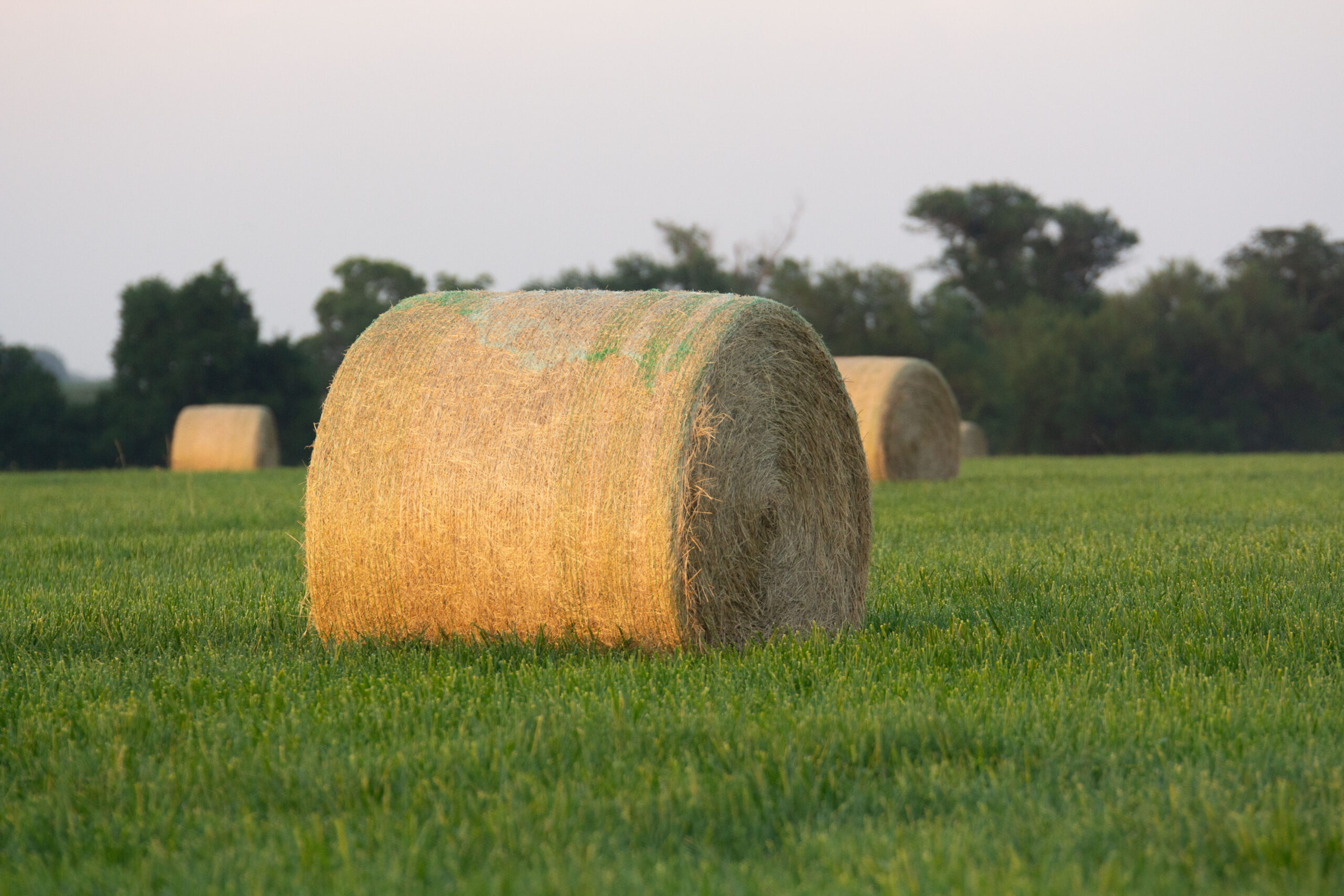
As farmers and ranchers across Missouri gear up for the upcoming year, one crucial aspect on their radar is the pricing of hay. Hay prices play a significant role in a farm’s operations, particularly for those involved in livestock production.
At this moment in time, ranchers across America have their eyes penned on the fires ravishing the panhandle of Oklahoma and Texas, killing thousands of cattle and devastating pastures. And while it’s too early to know for sure how this will impact the industry, it’s likely to decrease supply of feed and increase the cost of hay as this area of the country recovers.
Even so, numerous factors influence hay pricing, including disasters as we are now witnessing. Still, one of the most significant determinants remains the weather patterns experienced throughout the year.
Spring – Setting the Stage
Spring weather sets the stage for hay production. Adequate moisture levels and mild temperatures are essential for the growth of grasses and legumes, which are the main contents of hay. A wet spring can lead to delayed planting and hinder hay production, potentially reducing the overall supply and driving prices higher.
Summer – Make or Break
Summer weather conditions play a significant role on hay quality and yield. Lots of sunshine and moderate temperatures are ideal for optimal hay growth and development. However, extended periods of drought or excessive heat can stunt hay growth, reduce yields, and compromise quality. In such cases, farmers may struggle to meet the demand, resulting in higher prices for the hay that is available.
Winter – Storage & Availability
Winter weather poses its own set of challenges for hay harvest and storage – specifically cold temperatures and precipitation. Additionally, prolonged periods of snow cover can limit access to fields for feeding livestock, increasing the demand for stored hay. As a result, well-prepared farmers with sufficient hay stocks may capitalize on the increased demand, potentially leading to stable or higher hay prices.
More Than Weather
While weather is the primary influencer of hay prices in Missouri, other factors also come into play. These include:
- Market Demand: The demand for hay, influenced by factors such as livestock numbers, feed prices, and export markets, directly impacts pricing.
- Transportation Costs: The cost of transporting hay from production areas to end-users can affect prices, especially if fuel prices fluctuate.
- Crop Conditions in Other Regions: Crop conditions and hay supplies in neighboring states or regions can also influence Missouri hay prices, particularly if there are shortages or surpluses elsewhere.
As Missouri farmers and ranchers prepare for the upcoming year, monitoring weather forecasts and adapting management practices accordingly will be essential for successful hay production. While weather remains the primary determinant of hay prices, staying informed about market dynamics and adapting to changing conditions will enable producers to navigate the hay market effectively and ensure the availability of high-quality forage for their livestock.
At the same time, while we can’t control Mother Nature, Missouri Southern Seed can help you in choosing quality forage seed that meet your goals and needs. Give us a call today and let’s get started in choosing optimal varieties for you.
